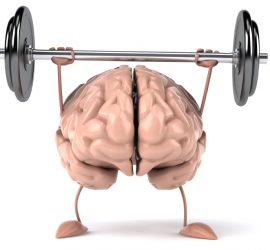Muscle weakness or sarcopenia? Call it what it is! 1
The term ‘sarcopenia’ comes from ‘sarco-’, the Greek word for ‘flesh’ (muscle), and ‘-penia’ which denotes ‘deficiency’. The original definition reflected this as ‘the degenerative loss of skeletal muscle mass that accompanies ageing (0.5–1% loss per year after the age of 25)’ (Cruz-Jentoft et al., 2010). However over time, the […]










